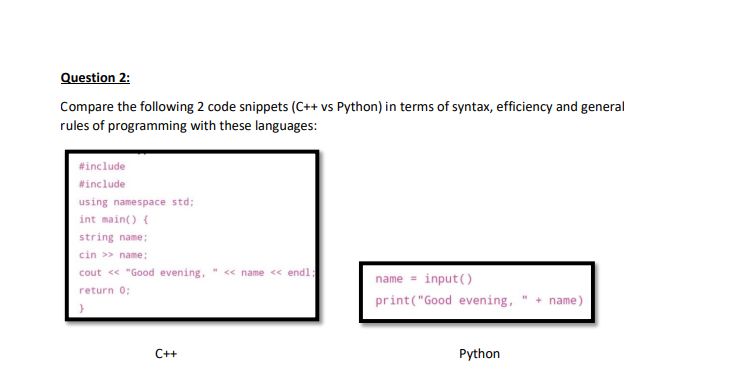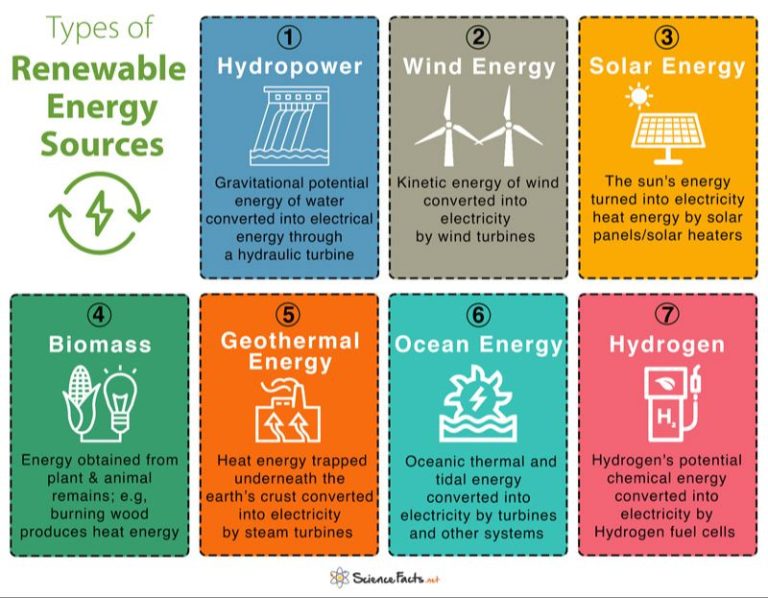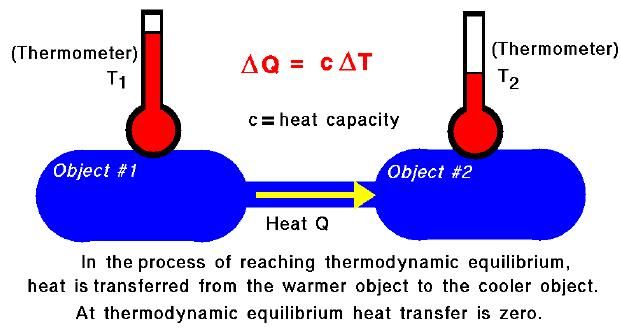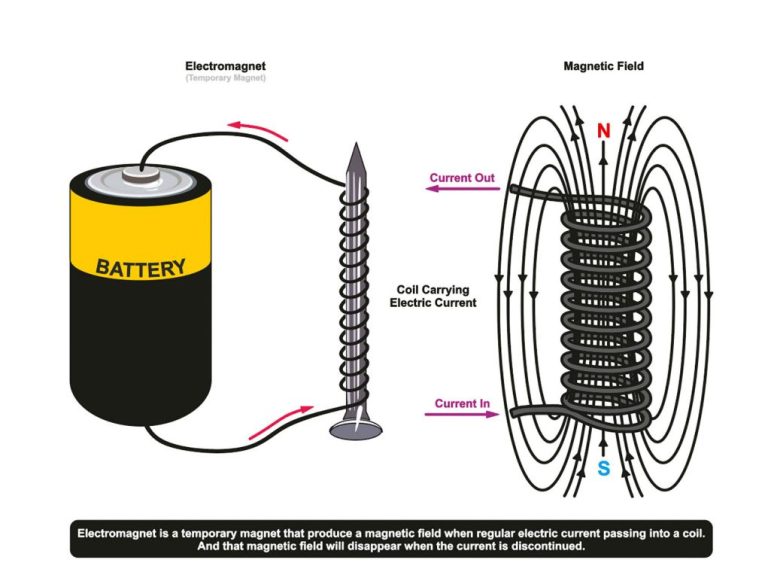Which Programming Language Is Most Environmentally Friendly?
In recent years, climate change and sustainability have become increasingly important global issues. The tech industry, including software development, has a significant environmental footprint. Studies estimate that IT operations account for 1-3% of global greenhouse gas emissions, and that could grow to 14% by 2040. There is a growing need to understand and mitigate the impact of software on the environment.
Everything from hardware manufacturing to electricity used for running applications contributes to the environmental effects of software. Even small design choices in code can multiply across thousands of computers. With the massive growth of cloud computing and internet usage, these impacts are quickly increasing. This makes it crucial to analyze how we can develop greener and more sustainable software.
In this article, we will dive into the factors that contribute to sustainability in software development. We will compare programming languages and architectures to understand their environmental tradeoffs. Our goal is to uncover insights and best practices that lead to greener code.
Measuring Environmental Impact
When assessing the environmental impact of software, there are three key factors to consider: energy usage, carbon emissions, and e-waste. According to the green software foundation, the energy consumption of software can be measured using metrics like Software Carbon Intensity (SCI), which calculates the carbon emissions produced per functional unit.

Tools like Argos can monitor the energy consumption and carbon footprint of web applications, helping developers understand and reduce the environmental impact. The materials and manufacturing processes involved in creating devices that run software also contribute to carbon emissions and e-waste when those devices are disposed of.
Overall, a holistic analysis looks at the direct energy usage, indirect emissions, and material waste over the full lifecycle of a piece of software. Setting standards around these measurements can incentivize technology companies to design, build, and maintain software sustainably.
Low-Level vs High-Level Languages
Low-level languages like C and C++ are generally more energy-efficient than high-level languages due to their execution efficiency and hardware resource requirements. As noted in research by The New Stack, low-level languages allow developers precise control over memory, CPU utilization, and other system resources. This results in very efficient code execution and lower energy usage.
In contrast, high-level languages like Python and Ruby abstract away hardware details through the use of virtual machines, garbage collection, and runtime environments. While this simplifies development, it comes at a cost of slower execution and higher resource usage. As reported in recent benchmarks, Python can be up to 57x slower than C++, directly translating to higher energy consumption.
By compiling directly to machine code and minimizing abstraction layers, low-level languages like C and C++ can execute code faster and more efficiently utilize hardware. This results in lower energy usage compared to high-level interpreted languages.
Compiled vs Interpreted
Compiled languages like C, C++, and Rust are generally considered more efficient and environmentally friendly than interpreted languages like Python and Ruby [1]. This is because compiled code is converted directly into machine code that the processor can execute, while interpreted code must be processed line-by-line by an interpreter program at runtime.
The compilation process allows for extensive analysis and optimization of the code, reducing redundant or unnecessary instructions. Compilers can optimize for performance by applying optimizations like dead code elimination, common subexpression elimination, loop optimizations, and register allocation [2]. This optimized machine code runs faster and requires fewer processor cycles and memory.
In contrast, interpreted languages have minimal optimization opportunities at runtime. The interpreter must evaluate and execute each line of code sequentially, using more processor power and memory. This makes interpreted languages inherently less efficient.
Overall, compiled languages allow substantially more optimization of code, leading to better runtime performance and lower energy usage compared to interpreted languages.
Memory Management
Memory management refers to how a programming language allocates and deallocates memory during execution. This process has a significant impact on energy efficiency. Languages that optimize memory usage tend to be more energy efficient.1
Lower level languages like C and C++ require manual memory management. While more tedious for developers, this allows greater control and minimization of memory usage. On the other hand, higher level languages like Java and Python automate memory management through garbage collection. This simplifies development, but can lead to inefficient memory allocation and delays in deallocating unused memory.2
Studies have found garbage collected languages use 2-5x more memory than manually managed languages. The additional memory use leads to higher energy consumption. So languages like C and C++ tend to be more efficient by avoiding automated garbage collection.3
Code Verbosity
The amount of code required to accomplish a task varies significantly across programming languages. According to a comparison on GitHub (Common lines of code in different languages), the same program can take 2-3x more lines of code in Java versus Python. More verbose languages like Java generally require more code to be written, compiled, and executed.
High-level languages aimed at programmer productivity tend to prioritize concise, human-readable code over verbose syntax. Dynamic languages like Python and Ruby can express a program’s logic in fewer lines than static languages like Java. Scripting languages also avoid boilerplate code needed for class, method, and variable declarations in Java.
Overall, more concise languages like Python and Kotlin can accomplish the same tasks as Java using less code. Since less code needs to be written, compiled, and maintained, more compact languages have a smaller carbon footprint.
Community Adoption
The popularity of a programming language plays a critical role in its environmental impact. Languages with large user bases and communities tend to benefit from more optimization and efficiency improvements. They also gain momentum that makes them more sustainable over time.
According to the TIOBE Index, the most popular programming languages as of February 2024 are JavaScript, Python, Java, C, C++, C#, Visual Basic .NET, PHP, R, and Swift. Languages like JavaScript, Python, and Java have huge open source communities constantly working to improve performance and optimize environmental footprint.
By contrast, less common languages are not able to leverage these community benefits. Without critical mass, niche languages often stagnate and fail to gain ecosystem support. This makes their environmental impact less sustainable in the long run.
Overall, the data shows that languages with significant adoption and community investment have inherent advantages when it comes to green software development. Their widespread use incentivizes optimizations that ultimately reduce environmental impact.
Language Design
The design choices and philosophies behind programming languages can significantly impact their efficiency and environmental footprint. For example, lower-level system languages like C and Rust emphasize performance, while higher-level scripting languages like Python and Ruby focus more on programmer productivity. According to research, system languages tend to be more energy-efficient due to their lower memory usage and faster execution times [1].
Some specific design choices that affect efficiency include memory management approaches, whether the language is compiled or interpreted, and code verbosity. For instance, languages with manual memory management like C and Rust avoid overhead from garbage collection. Compiled languages are generally more efficient than interpreted ones because they directly generate optimized machine code. Verbose languages that require more lines of code to accomplish the same tasks are less efficient due to increased storage and transmission requirements.
A language’s standard libraries and frameworks also impact its footprint. Since much programming relies heavily on standard libraries, their efficiency directly affects the overall energy usage. For example, many common operations in Python rely on higher overhead libraries compared to equivalents in C and Rust. Languages with greener standard libraries and frameworks have an advantage.
Leading Green Languages
Research has identified several programming languages that are particularly energy efficient and environmentally friendly. Here are the top languages in this category:
C
C tops the list as the most energy efficient language in several studies. It compiles directly into machine code, allowing for fast and lean programs.1 This gives C an advantage over interpreted languages.
Rust
Rust is a relatively new systems programming language praised for its focus on speed, safety, and concurrency. Studies rank it high for energy efficiency due to its compiled nature and low memory usage.2
C++
As an extension of C, C++ shares its efficiency advantages while adding object-oriented programming features. Compiled C++ programs can match C for speed and energy usage in many benchmarks.3
These languages demonstrate that compilation to efficient machine code is a key factor for energy efficiency. Their low-level nature provides tight control over memory and CPU usage.
Conclusion
When evaluating the environmental footprint of programming languages, there are many factors to consider. High-level languages that are memory safe and garbage collected generally have an advantage over lower-level languages in terms of energy efficiency. Interpreted languages that don’t require a compile step also tend to use fewer computing resources. However, the differences are often small and depend greatly on the specifics of the code being written.
Overall, most modern languages have the capability to be written efficiently if developers make conscientious choices. Focusing on algorithms, data structures, and avoiding unnecessary complexity tend to have a much larger impact than language choice alone. However, languages like Python and Java that handle memory management automatically provide a nudge in the right direction.
In the end, no language will be perfect in every regard. But considering environmental sustainability as one factor in choosing languages and frameworks can lead to meaningful improvements industry-wide. Along with efficient code, using green energy sources and low-power hardware are other impactful ways developers can reduce their carbon footprint.







